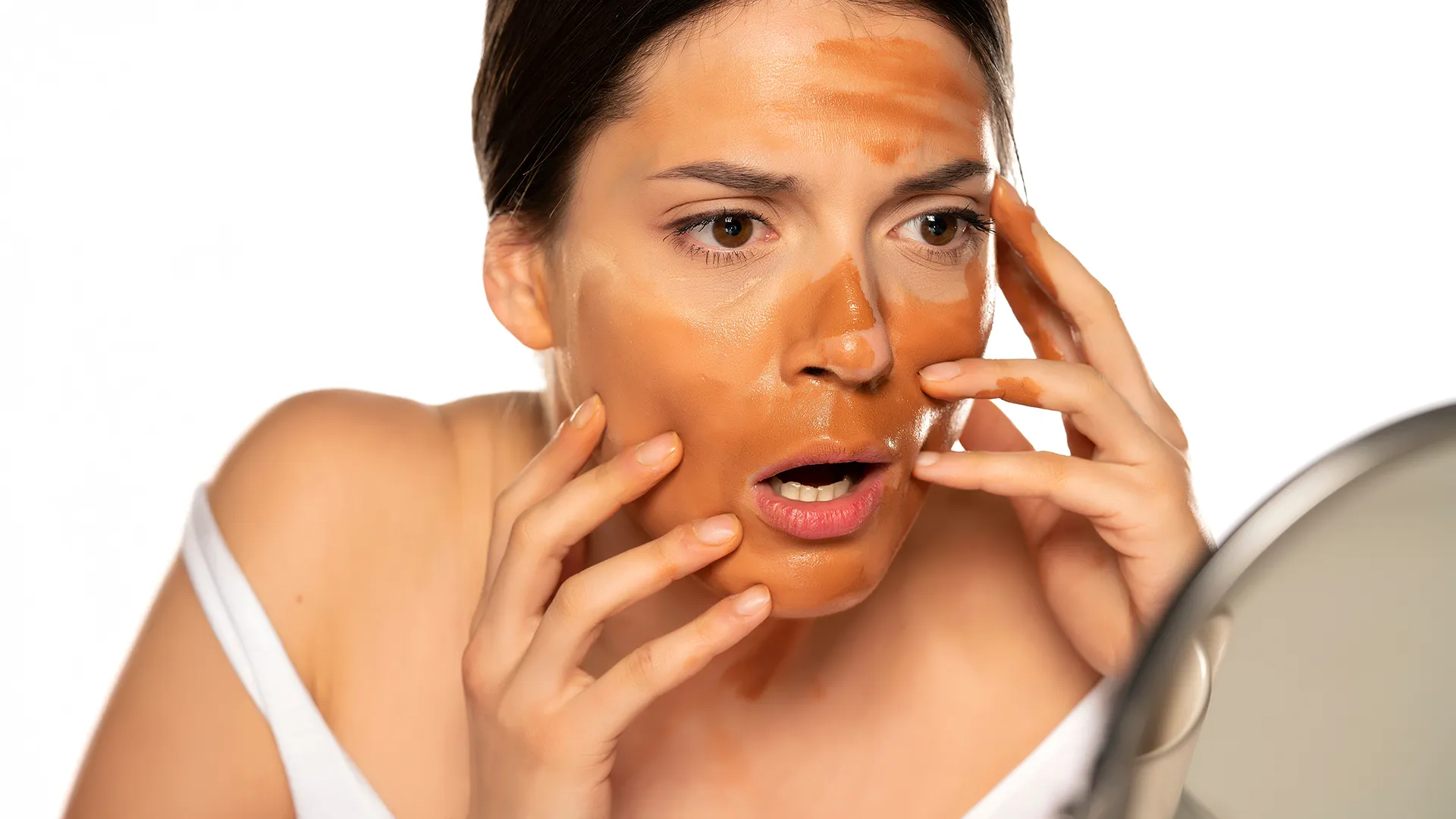Now Reading: Beauty or Risk? TikTok Skin Trends Harm Young Girls
-
01
Beauty or Risk? TikTok Skin Trends Harm Young Girls
Beauty or Risk? TikTok Skin Trends Harm Young Girls

Quick Summary:
- A Northwestern Medicine study analyzed skin-care routines of teens aged 7 to 18 on TikTok and identified risks tied to excessive product use.
- average daily teen skin-care routine involves six products, some videos showing up to a dozen.
- Only 26% of daytime skin regimens mentioned sunscreen usage, despite its importance for all age groups.
- Many top-viewed videos promote expensive regimens (averaging $168/month, with some over $500) containing irritating active ingredients like hydroxy acids. These practices increase risks of skin irritation, sun sensitivity, and allergic contact dermatitis.
- Study highlighted racial undertones in certain videos emphasizing “lighter” or “brighter” skin tones.
- Researchers created TikTok accounts posing as 13-year-olds to collect data on 100 unique skincare-related videos. Detailed ingredient analysis revealed irritants in common products used by influencers.
- Skin damage symptoms like burning and visible reactions were documented during product application from specific content creators featured in the research.
Indian Opinion Analysis:
This study underscores how social media platforms like TikTok can inadvertently amplify unrealistic beauty standards among teenagers while introducing potential health risks from improper skincare practices. For India-home to one of the world’s largest youth populations-the findings highlight an urgent need for awareness around ethical marketing practices within the personal care industry targeting vulnerable demographics.
The emphasis on “lighter/brighter skin” reflects broader global concerns about colorism embedded within consumer culture.Given India’s diverse population and historical struggles with such biases, conversations addressing this trend must not only challenge harmful societal stereotypes but also encourage equitable promotion strategies that emphasize holistic wellbeing over unattainable ideals.For guardians and policymakers in India, this research might serve as a wake-up call regarding algorithm-driven exposure faced by children online-and the difficulty parents encounter while monitoring such content effectively. It poses questions around duty: should brands or digital platforms regulate or provide disclaimers about recommended product usage? Ensuring transparency is critical for safeguarding younger audiences against physical harm while fostering healthier engagement with self-image ideals.























